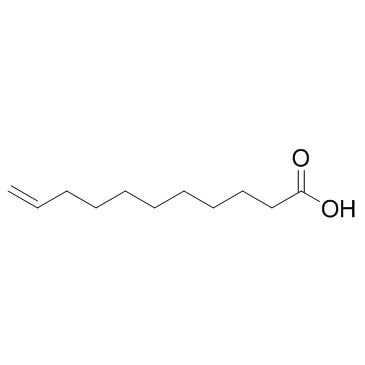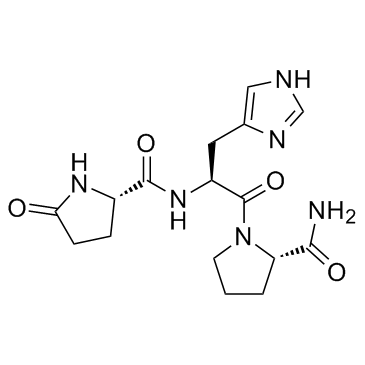| Structure | Name/CAS No. | Articles |
|---|---|---|
 |
Acetone
CAS:67-64-1 |
|
 |
Ethanol
CAS:64-17-5 |
|
 |
HYDROFLUORIC ACID
CAS:7664-39-3 |
|
 |
10-Undecenoic acid
CAS:112-38-9 |
|
 |
TRH
CAS:24305-27-9 |